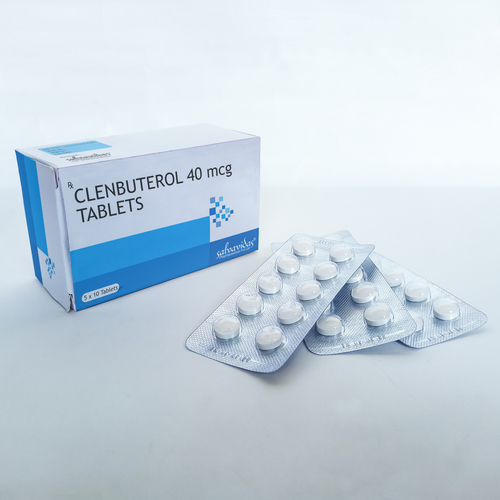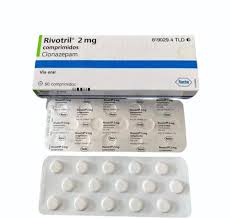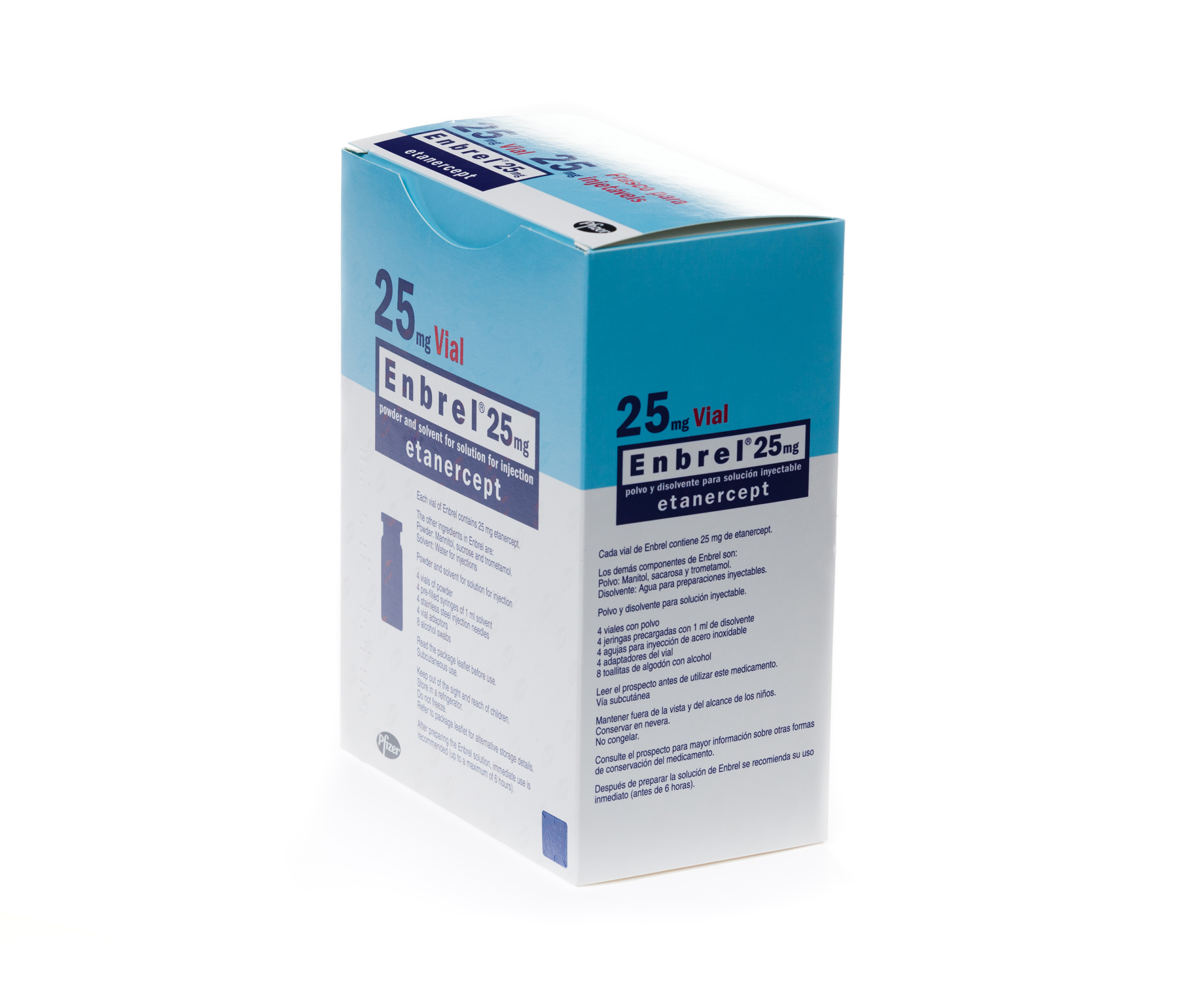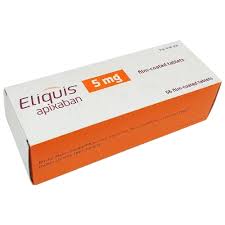Description
Clenbuterol hydrochloride is a synthetic beta-2 adrenergic receptor agonist originally developed as a bronchodilator. It is widely used in veterinary medicine (notably for horses) and is sometimes used off-label by bodybuilders and athletes for its metabolic effects.
2. How Clenbuterol works (mechanism)
Clenbuterol stimulates β₂-adrenergic receptors, which increases cyclic AMP in target tissues and leads to:
-
increased thermogenesis and basal metabolic rate,
-
enhanced lipolysis (fat breakdown), and
-
effects on skeletal muscle metabolism (including signaling pathways related to protein synthesis).
This β₂-agonist action also explains its side-effect profile (tachycardia, tremor, hypokalemia).
3. Common uses & perceived benefits (informational)
-
Medical/veterinary: bronchodilator for certain large animals; limited/rare human clinical research contexts.
-
Fitness/Bodybuilding (off-label): short-term use claimed to increase fat oxidation, preserve lean mass during dieting, and raise energy/alertness. Evidence shows metabolic effects, but benefit vs risk depends on dose, duration, and individual cardiovascular status.
Note: This section is informational only — not a recommendation to use or procure clenbuterol.
4. Typical dosing patterns (informational only)
Community reports and clinical/experimental literature show a range of practices; because β₂-receptors can desensitize, users often discuss short cycles (e.g., 2–3 weeks on, 1–2 weeks off) or micro-titration schedules. Routes reported include oral tablets and veterinary preparations; dosing used outside clinical settings is highly variable and increases risk. Any dosing information found online should not replace medical advice.
Metabolic / electrolyte issues:
-
β₂-agonism can shift potassium intracellularly (risking hypokalemia) and affect glucose metabolism.
Population at highest risk: people with existing cardiovascular disease, hypertension, arrhythmias, pregnant people, and those on interacting medications.

















Reviews
There are no reviews yet.